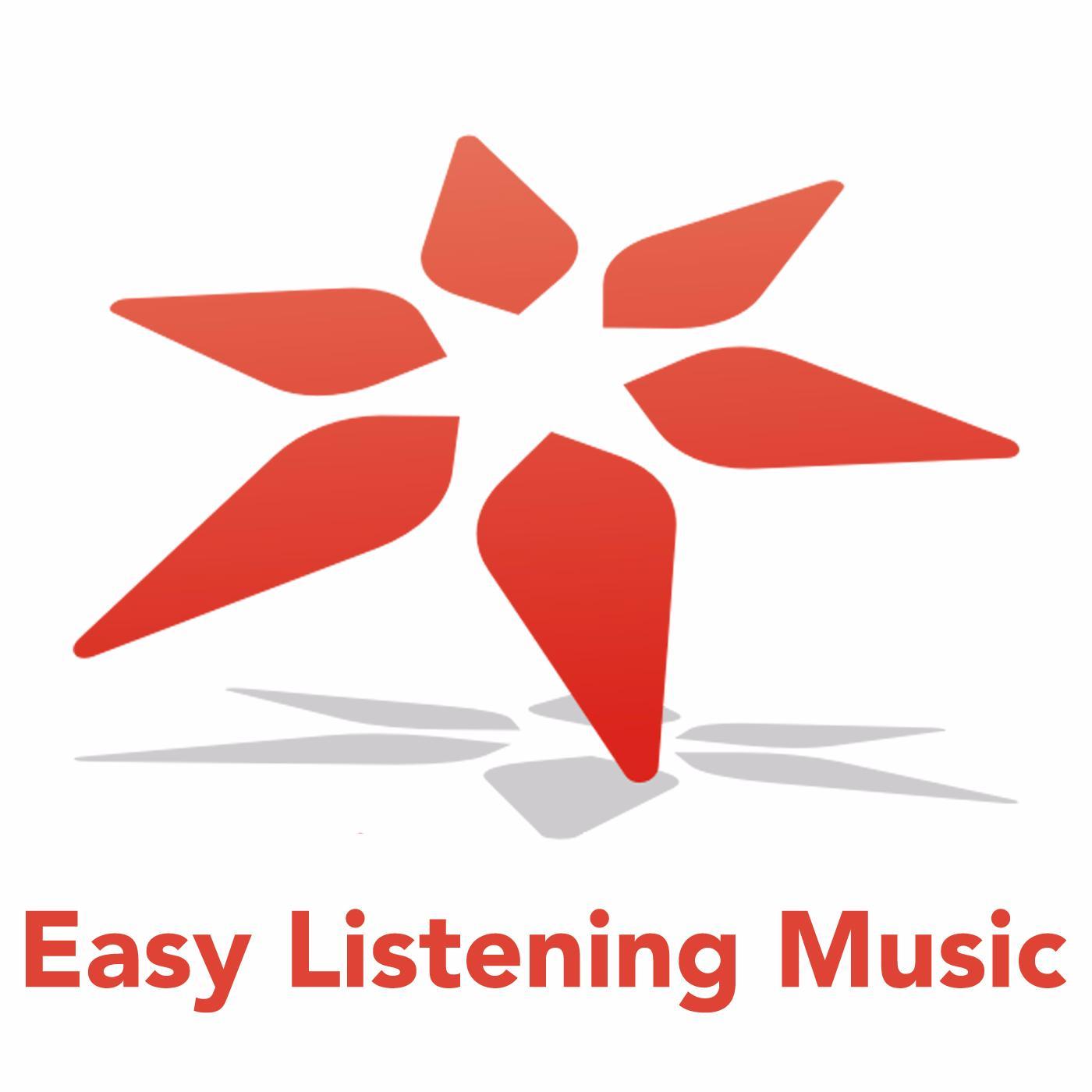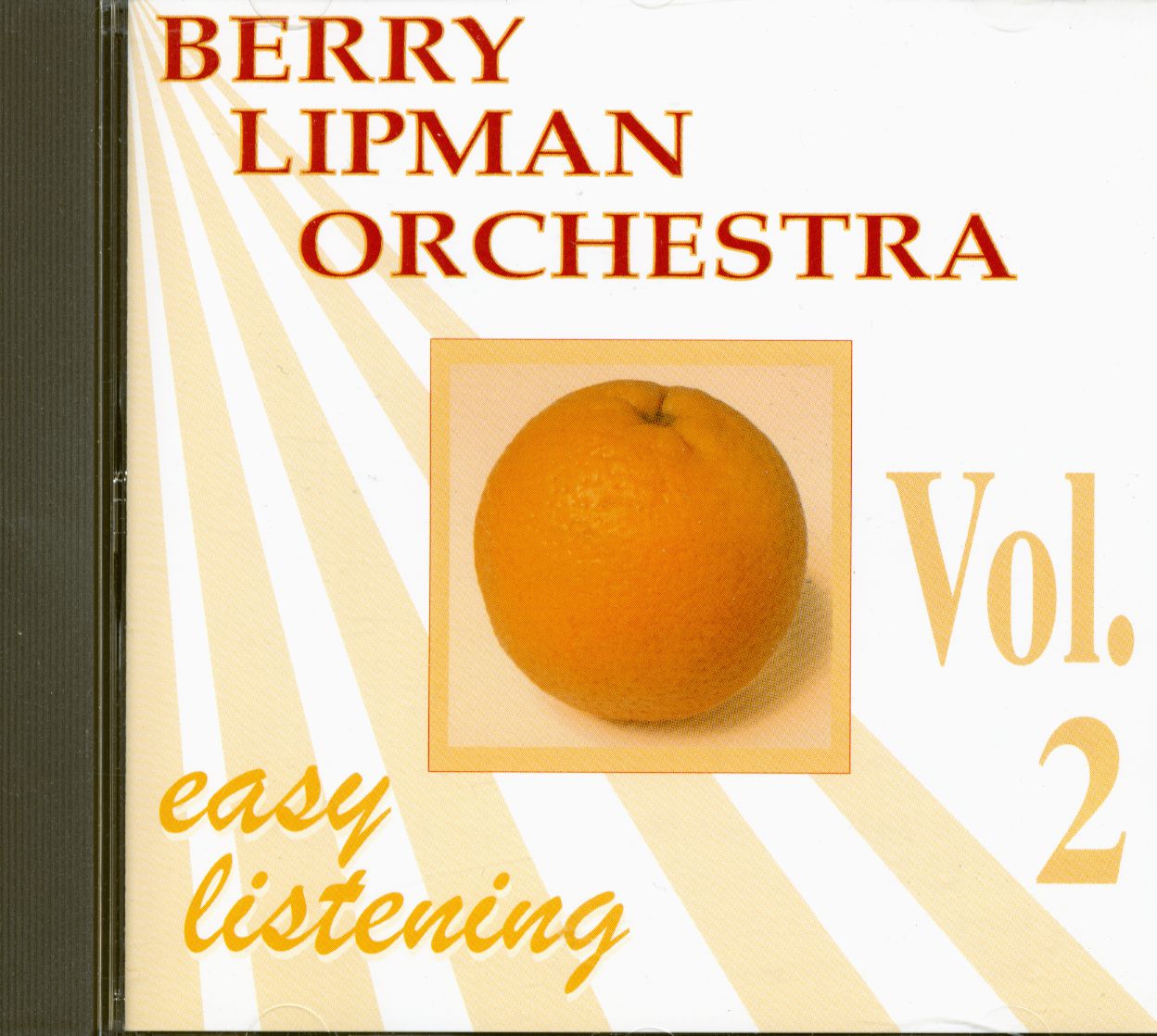

The magazines Billboard and Record World featured easy listening singles in independently audited record charts. Jerry Murad also contributed to the music, including a variety of types of harmonica. sought to utilize the accordion within the context of a jazz sextet in order to create a soothing mood ideally suited for "low pressure" listening on his album Squeeze Play. Jackie Gleason, a master at this genre, whose first ten albums went gold, expressed the goal of producing "musical wallpaper that should never be intrusive, but conducive". In the 1950s the use of strings quickly became a main feature of the developing easy listening genre. Another example of a practitioner in the popular context was Dinah Washington's "What a Difference a Day Makes". As examples in the jazz genre, there are recordings of Frank Sinatra. In the 1940s and 1950s strings had been used in jazz and popular music contexts. String instruments had been used in sweet bands in the 1930s and was the dominant sound track to movies of Hollywood's Golden Age. The style has been synonymous with the tag "with strings". You may hear examples of Easy listening music performed by John Serry on his album Squeeze Play in 1956 Here on ( June 2016) ( Learn how and when to remove this template message) Unsourced material may be challenged and removed. Please help improve this article by adding citations to reliable sources. This section needs additional citations for verification. It was differentiated from the mostly instrumental beautiful music format by its variety of styles, including a percentage of vocals, arrangements and tempos to fit various parts of the broadcast day.Įasy listening music is often confused with lounge music, but while it was popular in some of the same venues it was meant to be listened to for enjoyment rather than as background sound. It mostly concentrates on music that pre-dates the rock and roll era, characteristically on music from the 1940s and 1950s. It is related to middle-of-the-road (MOR) music and encompasses instrumental recordings of standards, hit songs, non- rock vocals and instrumental covers of selected popular rock songs. So go ahead and fix yourself a drink (preferably something brown and boozy), sit back, kick your feet up, and dream awhile… and dig the sounds of easy listening.Easy listening (including mood music ) is a popular music genre and radio format that was most popular during the 1950s to 1970s.

The following playlist of my favorite easy listening tracks can be thought of as a companion piece to the record. “The new 2nd Grade record is named Easy Listening, and is largely concerned with the difficult existence of our hopes and dreams in this turbulent world. A ‘manual for living with defeat’, to borrow a phrase from the great Leonard Cohen. The one is built for eager anticipation of what could happen tonight (!!!) the other is made for languid rumination of what could have once been, but is now forever out of reach. Spiritually they inhabit two sides of the same coin. Yet in practice, power-pop is known as the commercial ‘kiss of death,’ and easy listening is often dismissed as elevator music. On paper they are two ideal styles of popular music, instilling immaculately crafted pop compositions with the raw material of our most urgent dreams and desires. The band’s Peter Gill says of the curated playlist: “Power-pop and easy listening: two misunderstood genres with a lot in common. And yet, despite the implications of that phrase, the playlist is pretty much wall-to-wall jams: Astrud Gilberto, Burt Bacharach, Scott Walker, Alex Chilton. Today, Philly power pop group 2nd Grade release their new album, Easy Listening via Double Double Whammy. And to coincide with the release of their excellent new record, the group has shared a new playlist of-you guessed it-easy listening songs.


 0 kommentar(er)
0 kommentar(er)
